Quick review so far: Who or what does motondoso hurt? You’re going to say “Buildings and sidewalks.” It’s obvious.
Buildings are what people care about — logical, since no buildings, no Venice. Some Venetians have told me that they don’t believe anything will be done to resolve motondoso till an entire building collapses, a notion that once seemed idiotic until I came to realize that it could happen. A building collapsing, I mean, not that it would lead to any meaningful action, though one can always dream.
So perhaps some structure really will have to be sacrificed, like an unblemished white heifer, for the benefit of the tribe. The idea has a romantic, mythic quality to it that’s almost appealing.
You could also say “People,” about which I haven’t said much, if anything, and you’d be right again. The most obvious hazard that waves present is the risk of capsizing; every so often you read about some tourists in gondolas who have gone into the drink. There was even a traghetto (gondola ferry that crosses the Grand Canal) that got blindsided by an anomalous wave and the whole cargo of passengers went overboard. I seem to recall that a small child got caught beneath the overturned boat, but one of the gondoliers pulled him out in time. Some years ago an American woman drowned. Fun.
Erosion caused by the waves continually sucking soil out from under and between stones means the stones collapse, but sometimes a person collapses with them. It happened to a woman walking along near the Giardini one day — she put her foot on a stone, it gave way, and faster than you can say “Doge Obelerio Antenoreo” she fell into a hole higher than she was. Nobody in the neighborhood was surprised; they’d been sending complaints to the city for months to no avail.
Then there was the child playing on a stretch of greensward at Sacca Fisola facing the Giudecca Canal when a hole suddenly opened up beneath him. If a man with quick reflexes hadn’t grabbed him, the child would long since have gone out to sea. Events such as these — and may they be few — no longer inspire surprise.
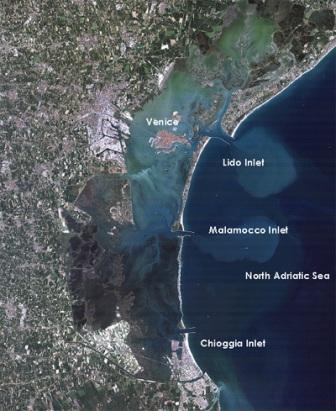
But what if you weren’t a human? This question may not often cross your mind, but Venice looks radically different to its other fauna, and not a few flora, as well. And waves are not their friend.
What really makes Venice so special is its lagoon, which covers 212 square miles. Without the lagoon and its concomitant canals, Venice would merely be a batch of really old buildings — beautiful or not, depending on your taste — which could just as well be sitting on the outskirts of Enid, Oklahoma.
I will be expatiating on the lagoon on another occasion. (A Venetian word, by the way: laguna). The witness (that would be me) is instructed (by me) to stick to the topic at hand, which is waves.
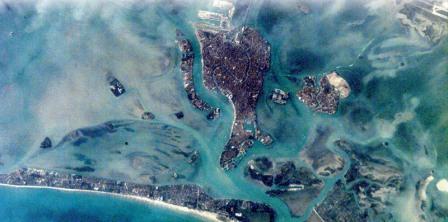
The Venetian lagoon is a silent but intimate partner in Venice’s fate. Not only are the waves undermining the foundations of the city, they are scouring away the foundations of the lagoon. And while damage to buildings is certainly important, there is arguably even more damage being done to its waters. And they’re going to be a lot harder to fix than a palace.
So if you haven’t got time to watch what waves can do to buildings, you should take a look at what they do to the lagoon — specifically to the barene (bah-RAY-neh), the marshy, squidgy islets strewn about out there. Venice was built on 118 of them.
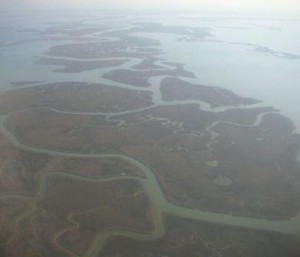
Barene are the building blocks of the lagoon. They form 20 percent of its total area, and are crucial to everything in it: microorganisms, plants, animals, birds, fish and, till not so long ago, also people.
Let’s say you have less than no interest in ecosystems and their inhabitants, at least the inhabitants smaller than humans. Barene, along with their myriad meandering capillary channels, are perfect for slowing down the speed and force of the incoming tide. They act as a built-in assortment of natural barriers which, if they could remain where they were, would already be limiting the force and the quantity of acqua alta in good old Venice.
But over the past 60 years, half of the lagoon’s barene have been lopped away by waves. The World Wildlife Fund estimated, several years ago, that at the current rate of erosion (erosion caused by motondoso), in 50 years there would be no more barene left.
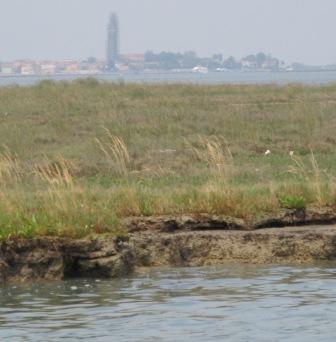
Why do we care? Even if all we’re really interested in is buildings, we care because as the barene diminish, the tide can reach the city faster and ever more aggressively. The natural brakes, so to speak, are being taken out.
And we also care because, as I have probably said before, whatever a wave can do to a batch of mud it can and will eventually do to bricks and marble.
Part 5: Solutions?
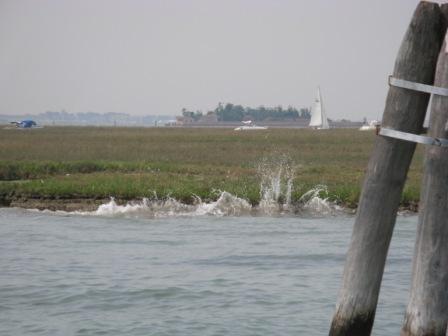
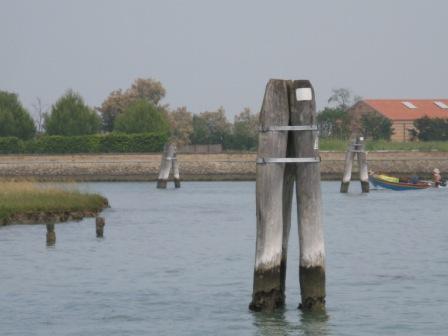
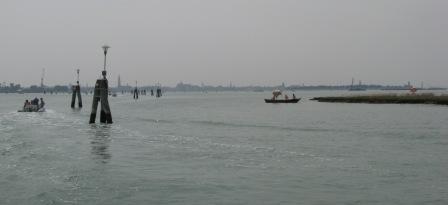
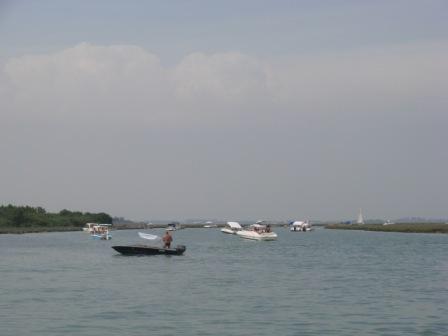
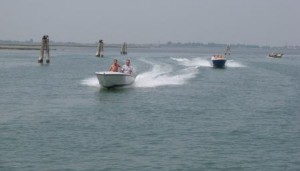
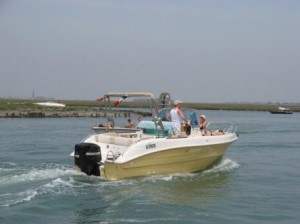
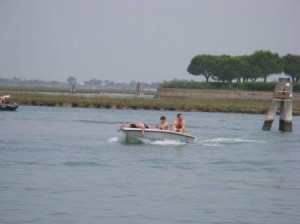
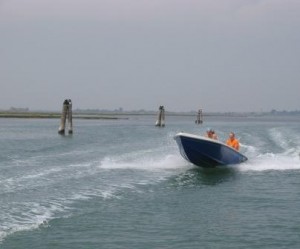
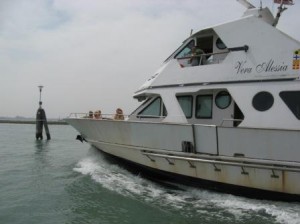
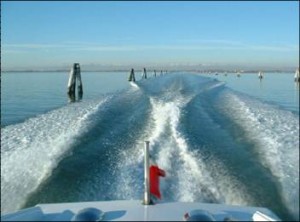
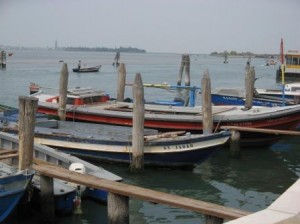

1 Comment